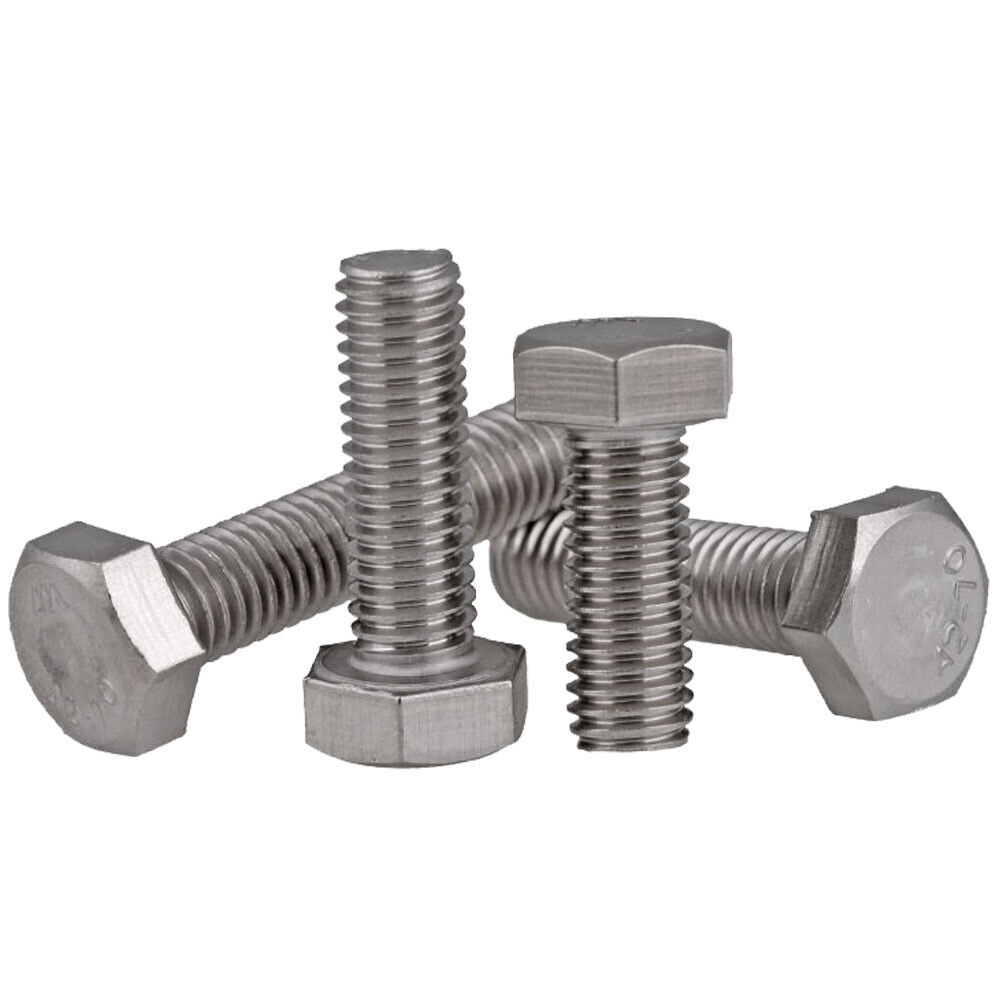Your Position: Home - Bolts - Flange Connection, Why Not Use 304 Bolts?
1. When the operating pressure or temperature of equipment that handles hydrocarbons, toxic gases, and harmful chemical agents exceeds a certain value, the pipeline connected to the equipment should be equipped with double valves.
2. Equipment that requires shutdown for cleaning or maintenance during operation should be fitted with double valves.
3. Heat exchangers that are prone to malfunction due to salt deposition, severe scaling, or corrosion should also utilize double valves.

4. There is no need to install a double valve for the bypass of the regulating valve. Double valves should only be used when severe corrosion or scaling is anticipated, or if the bypass valve might malfunction and require manual adjustment for a prolonged period.
5. All cutoffs on the hydrogen pipeline, including pressure gauge valves and sampling valves, should employ double valves.
6. For liquid butane and lighter hydrocarbons, double valves are essential for sampling and cleaning.
7. All pipelines on a liquid chlorine storage tank should be fitted with double valves.
8. In certain intermittent chemical production processes, if a specific substance leaks into the reaction, it could cause an explosion, fire, or serious quality incident. Double valves should be installed on the medium pipeline, with a venting gap between the two valves to manage leaks effectively.
9. Double valves are generally necessary on the sewage pipes of industrial boilers.
10. For high-pressure pipeline designs, double valves are mandatory. Regardless of the pipe diameter, they help prevent medium leakage and should be closely connected to minimize pipe fittings and facilitate operation.
11. When connecting the process system pipeline to the company's public utility pipeline, double valves need to be installed with a discharge valve placed between the two valves.
12. Sampling valves that open and close frequently and are prone to damage should have two valves on the sampling pipe: one for shut-off and another for sampling.
13. Cleaning large-diameter pipelines is challenging. Therefore, a low-point drain pipe with either a double valve or a single valve followed by a blind plate is recommended.
14. The drain pipes of towers and containers should be equipped with double valves during regular operation.
15. Double valves should be installed when discharging hazardous materials to ensure safe handling.
272
0
0
Previous: None
Comments
All Comments (0)